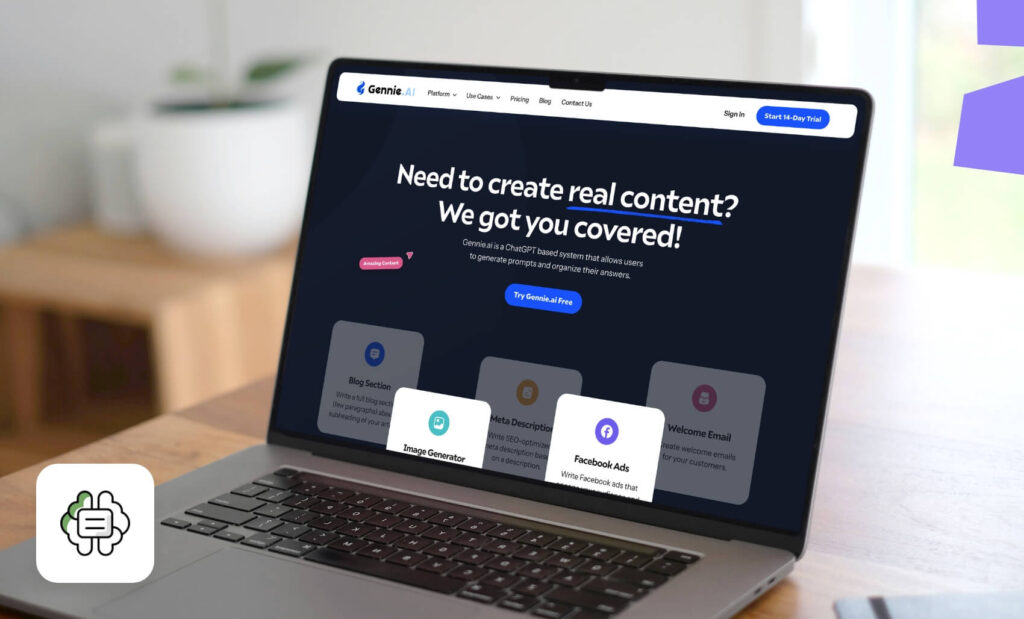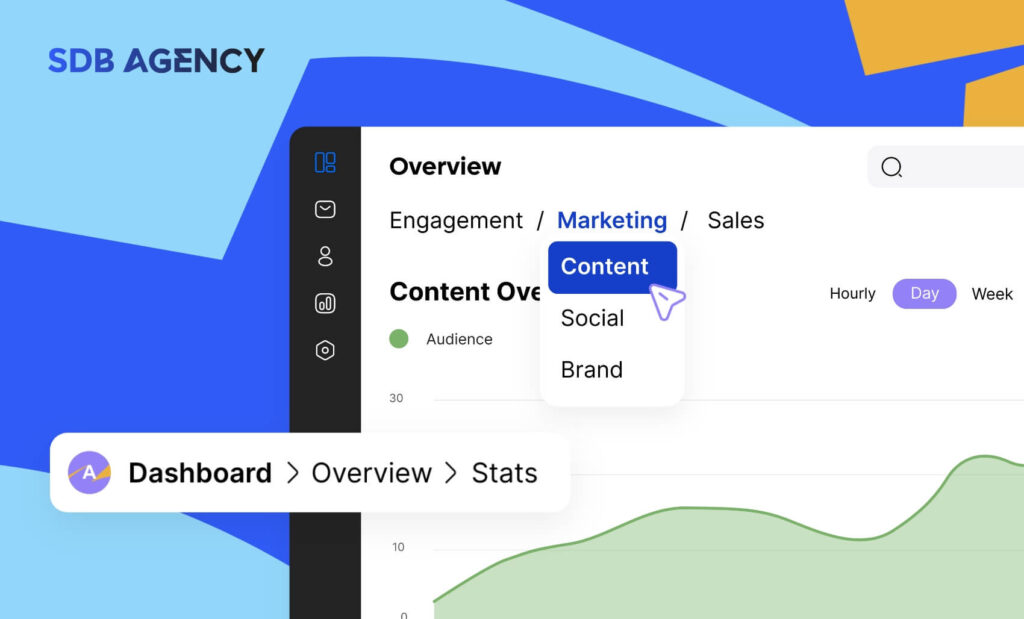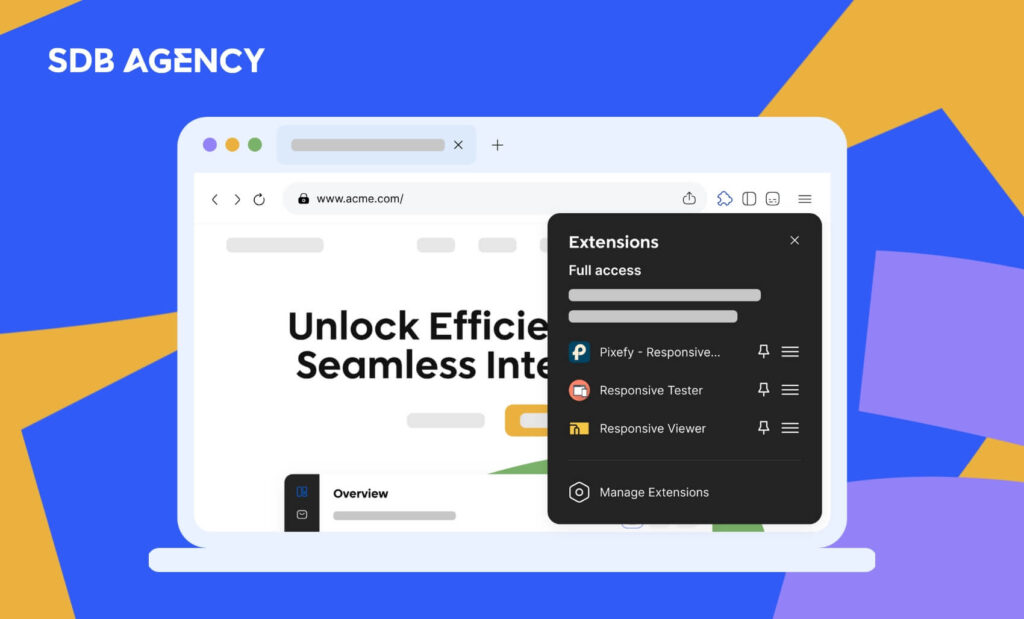How will AI impact UX design?

Artificial intelligence (AI) and machine learning (ML) drastically change how businesses design products and services. These technologies are currently used to create better, more personalized, and engaging user experiences.
How does AI aid the UX design process?
Before the rise of these technologies, UX designers relied on their intuition and experience to create products that were easy and enjoyable to use. Today, AI helps designers collect data about user behavior and preferences and use it to design products that are tailored to every user.
For example, designers can use AI to personalize a website or app’s layout or recommend a product that might interest users. On the other hand, machine learning can be used to improve search engine accuracy or to look for usability issues.
As these technologies continue to evolve, they’ll have an even bigger impact on UX design. In the near future, designers will likely use AI to create products that are more user-centric. Let’s explore and look at the examples of how AI impacts UX design today:
1. Personalized and user-centric design
AI’s ability to gather and analyze user data is a gift for UX designers. By understanding user behavior and preferences, AI can help designers create highly personalized user experiences. Whether it’s tailored interfaces, content recommendations, or adoptive navigation, artificial intelligence ensures that users are valued and prioritized.
2. Predictive analysis
AI’s predictive capabilities are a dream for UX designers. By looking at historical data, AI can predict user actions and needs. This not only streamlines the user journey but also eliminates friction and elevates the overall experience. This includes things like intelligent search suggestions and product recommendations.
3. Virtual assistants and chatbots
Virtual assistance and AI-driven chatbots have revolutionized the way products handle customer support and engagement. They offer instant responses to visitors, guide them through processes, and provide human-like interaction that improves UX. AI-powered bots can even improve user satisfaction by answering inquiries and troubleshooting.
4. Natural language processing
Natural language processing technology (NLP) allows machines to understand and respond to human language. This technology is part of voice-activated interfaces, AI-driven content generation, and chatbots. It lets users interact with products in a more conversational and human-like way.
5. Accessibility and inclusivity
AI has played a big role in creating more inclusive and accessible digital experiences. Through image recognition, voice recognition, and screen reader technologies, AI ensures that visitors with a disability will still have a pleasant and seamless user experience.
6. Data-driven design decisions
AI-powered tools help designers make informed decisions during the design process. Tools such as chatbots and text analysis help collect user feedback, heat maps and eye-tracking can help identify users’ areas of interest, and behavioral analysis. AI can also detect scrolling trends, clicking patterns, and session duration on pages, which helps determine design strengths and weaknesses.
7. A/B testing and optimization
This is something used in UX and UI design to compare different versions of a webpage, design element or interface to determine which one performs better. AI helps identify patterns and trends in user behaviors, engagement, conversion rates, and other important metrics requiring data-driven decisions.
Now that you know how AI has helped UX designers in their jobs, let’s look at how AI will impact the future of UX design.
The future of UX design

UX design’s future is looking bright. AI already has a large impact on how designers create products and services, and this impact is expected to grow. As these technologies continue to thrive, UX designers will have access to more powerful tools to create even better UX. Here are some trends that will likely shape the future of UX design:
More personalized products
AI can help create an even more personalized user experience than it is today. This is done by collecting data on users’ interests, behavior, and demographics to tailor content and features to each user.
Seamless interaction
UX designers can use AI to create better and more engaging user interfaces. This is due to natural language processing, which creates text tailored to users’ interests, and machine learning, which looks for user behavior patterns and automates tasks based on the users.
UX design has an exciting future. As AI continues to develop, designers will have access to more powerful tools in the palm of their hands, letting them create better UX faster and more efficiently.
But will AI replace UX design?

Many people in the tech industry consider AI a threat to our knowledge and expertise. In the field of UX design, AI has the potential to automate some aspects of the design process. However, it will take a lot more for it to replace UX designers’ jobs completely, and here are the reasons why:
Creativity and human intuition
AI is excellent for detecting patterns, data analysis, and optimization. However, it is still far from fully understanding creativity, empathy, and human emotions and psychology.
Complex problem solving
Artificial intelligence can give designers templates and help generate ideas, but UX designers must execute the task, especially when handling complex challenges. Designers still need to filter information from various sources, consider multiple perspectives, and make informed decisions—all soft skills that rely on human expertise.
Ethical considerations
Ever since AI technology began to rise, there have been many debates regarding its ethics and implications. These include potential biases, environmental sustainability, privacy concerns, and more. That is why having tech professionals is excellent for ensuring a fair and transparent use of AI.
Communication and Collaboration
UX designers must share and collaborate their work with their tech teams, stakeholders, and clients. Therefore, interpersonal skills such as effective communication, negotiation, presentation, and human understanding are essential in the process of designing a digital product or service.
Even though AI can massively help UX designers to be more productive and efficient at work, the technology cannot replace the need for human creativity and expertise. UX designers remain important in understanding users’ stories, creating better user experiences based on feedback, and making ethical decisions. Instead of replacing the role of UX designers, AI can enhance product design quality and augment designers’ roles.
Improve your UX design with AI
Artificial intelligence transforms UX design in ways we thought were impossible. It helps designers create more personalized, predictive, and engaging digital experiences for users. AI-driven chatbots, accessibility features, and data analytics have also elevated the bar for UX.
As technology continues to thrive, AI’s role in UX design will become more prominent. AI will offer users more intuitive, rich, and satisfying interactions. AI isn’t only a tool; it’s a companion for shaping the future of user experiences in digital products.




